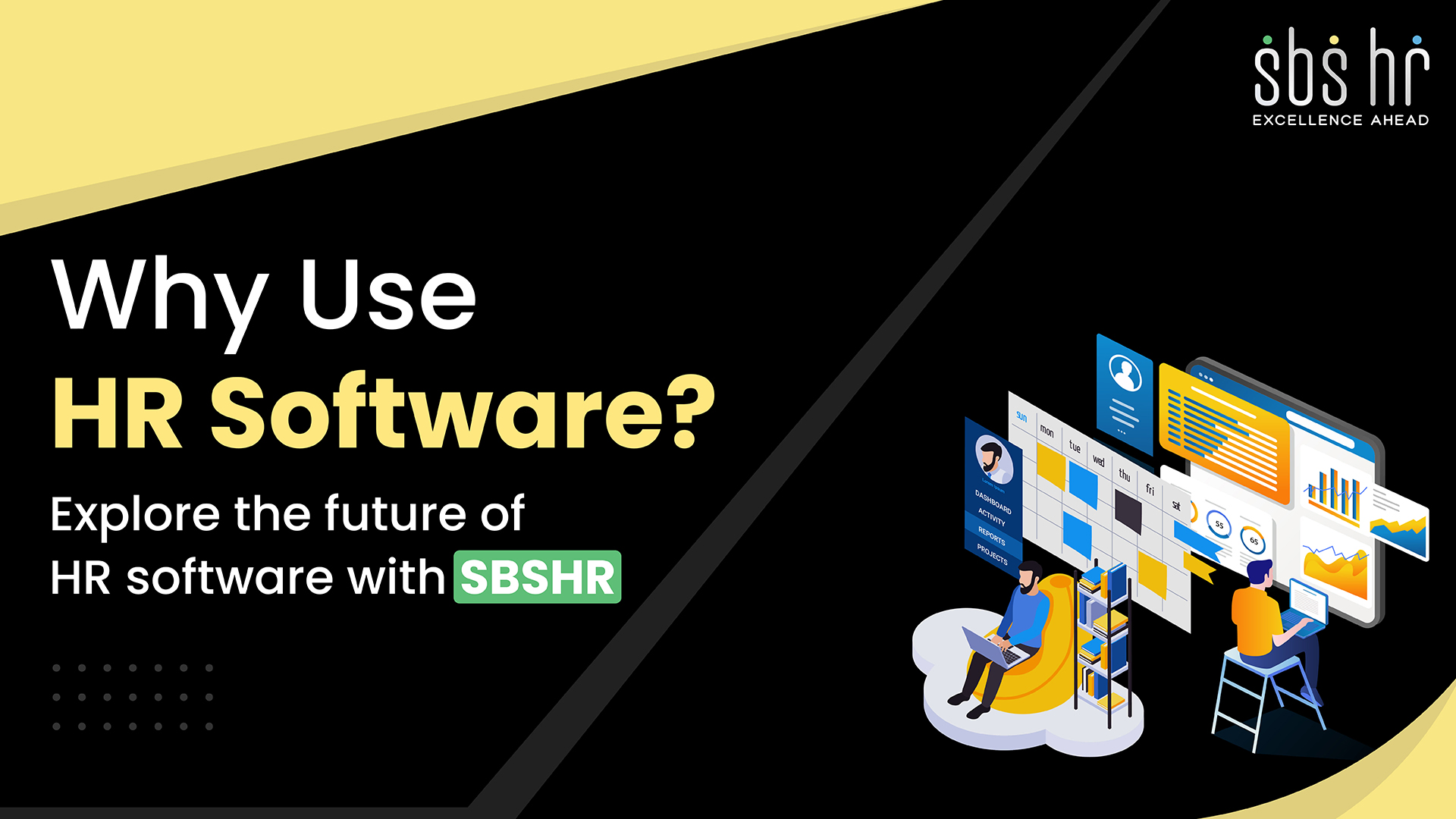Why use HR Software?
What exactly is HR software? Imagine a toolbox tailored specifically for the intricate needs of Human Resources, where innovation meets efficiency in managing all aspects of employee lifecycle. Enter SBSHR in HR, the revolutionary platform designed to streamline HR operations like never before. From automated recruitment processes to intuitive performance management systems, SBSHR is the ultimate game-changer in modern workforce management. Think of it as your digital HR companion, simplifying tasks, optimizing resources, and empowering HR professionals to focus on strategic initiatives that drive organizational growth. Ready to explore the future of HR software with SBSHR?
1.Increased Efficiency and Productivity:
This automation reduces the time and effort spent on manual processes, significantly improving overall productivity. Additionally, Streamlined Workflows integrate various HR functions into a single system, minimizing the need for manual intervention and paperwork. This cohesive approach leads to faster and more efficient HR operations, enhancing the overall effectiveness of the HR department.
2.Improved Compliance and Risk Management:
Improved compliance and risk management through HR software involves leveraging digital tools for adherence to labor laws, tax regulations, and industry standards. Automated checks ensure regulatory compliance, reducing the risk of penalties. Comprehensive audit trails simplify audit preparations and enhance transparency. This proactive approach mitigates legal risks, maintains regulatory adherence, and safeguards against penalties. Ultimately, it enhances organizational resilience and stability.
3.Data-Driven Decision Making:
Data-driven decision-making involves utilizing data to inform and guide organizational strategies and actions. In the context of HR software, this means leveraging employee data and analytics to make informed decisions about workforce planning, talent management, and performance optimization. Analysis of metrics like turnover rates, engagement levels, and productivity trends enables organizations to predict outcomes and implement interventions for success. This approach empowers HR professionals to make evidence-based decisions aligned with business goals, enhancing employee satisfaction and organizational performance.
3.1.Employee Turnover Analysis:
Employee turnover analysis involves examining historical turnover rates, identifying patterns or trends, and pinpointing departments or roles with high turnover. By analyzing turnover data, organizations can gain insights into potential causes of turnover, such as poor management, lack of career growth opportunities, or dissatisfaction with compensation. These insights enable HR professionals to develop targeted retention strategies and improve employee engagement to reduce turnover and retain top talent.
3.2.Workforce Planning
Workforce Planning and Forecasting involves using predictive analytics to anticipate future workforce requirements by considering factors such as projected business expansion, retirement rates, and industry trends. This proactive approach enables organizations to plan recruitment, training, and succession strategies in advance, ensuring they have the right talent to meet future demands and maintain operational continuity.
3.3.Predictive Analytics for Employee Attrition:
Performance Evaluation Metrics involve establishing key performance indicators (KPIs) such as sales targets, customer satisfaction scores, or project completion rates to measure individual and team performance. By utilizing data analytics, organizations can assess how well employees are meeting these benchmarks and identify areas for improvement. This data-driven approach enables objective evaluations, facilitates performance discussions, and supports informed decision-making regarding talent development and resource allocation.
4.Better Employee Experience:
HR software enhances employee experience by offering self-service portals for managing HR tasks like updating personal information and accessing pay slips. This autonomy leads to higher satisfaction and engagement. Additionally, automated on boarding processes streamline the transition for new hires, ensuring a seamless and positive experience from their first day. This improved employee experience fosters a more positive workplace culture and contributes to higher retention rates.
Conclusion:
HR software is a transformative tool that revolutionizes HR operations, it streamlines tasks, boosts efficiency, and empowers your organization. From improved employee experience to better talent management and cost savings, HR software equips you to build a strong and successful workforce.

